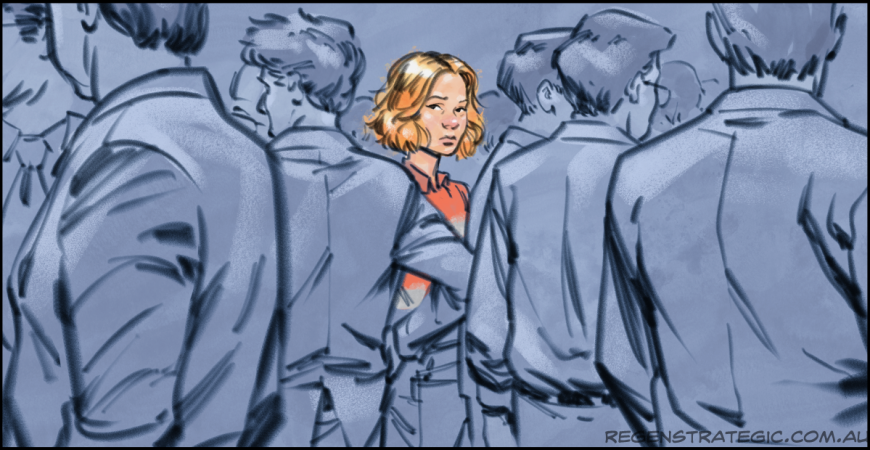So, Western Australia continues to have the worst gender pay gap in Australia.
According to data released last week by the federal government’s Workplace Gender Equality Agency, WA’s gender pay gap is 22.1 per cent, compared to a national average of 13.4 per cent.
The gender pay gap measures the difference between the average earnings of women and men in the workforce. It is not the same as equal pay for equal work, which has been a legal requirement in Australia for 50 years
The gender pay gap arises from factors like career disruption from having children, cultural norms on unpaid caring and domestic work, the relative inclusivity and flexibility of industries and workplaces, as well as discrimination in hiring, promotions and pay.
WGEA attributes WA’s poor performance to us having more people employed in mining than other states.
But, the gender pay gap in mining is 16.1 per cent, still unacceptably high, but lower than WA’s overall gap. The issue is more likely to be that four in five of these highly paid mining jobs are taken by men in WA.
Increased female participation in mining would give the industry access to a broader pool of human capital, while assisting in the eradication of sexual harassment in the industry.
It would also help narrow WA’s gender pay gap and advance the economic empowerment of women across our community.
But, it wouldn’t absolve our miners and all other employers in the state from doing what we can to narrow the gender pay gap in our industries. Only then will we have a chance of getting WA’s gender pay gap to zero, and providing women, as well as men, with the full range of career and life choices available.
This article also appeared in The West Australian newspaper.
 ReGen Strategic
ReGen Strategic